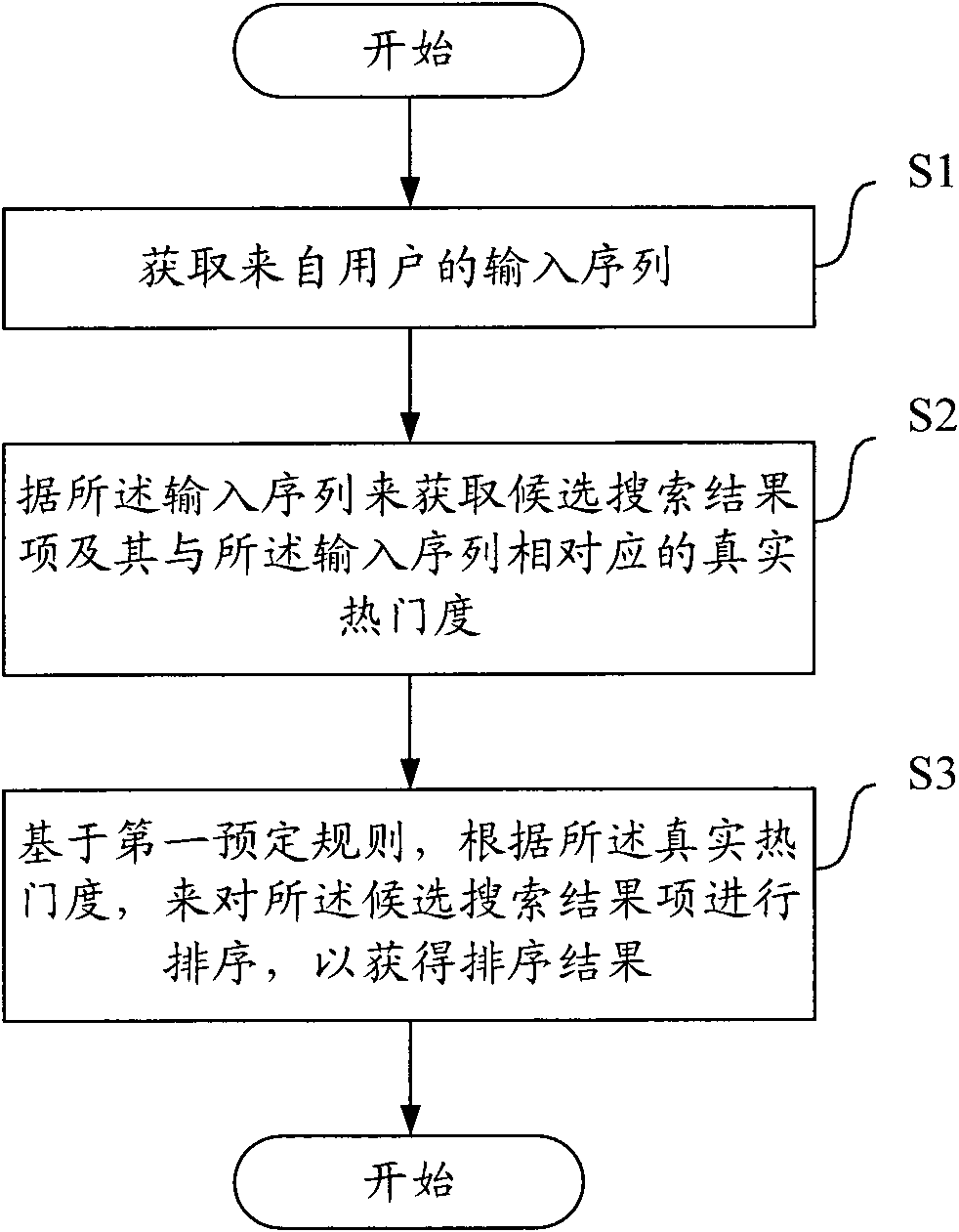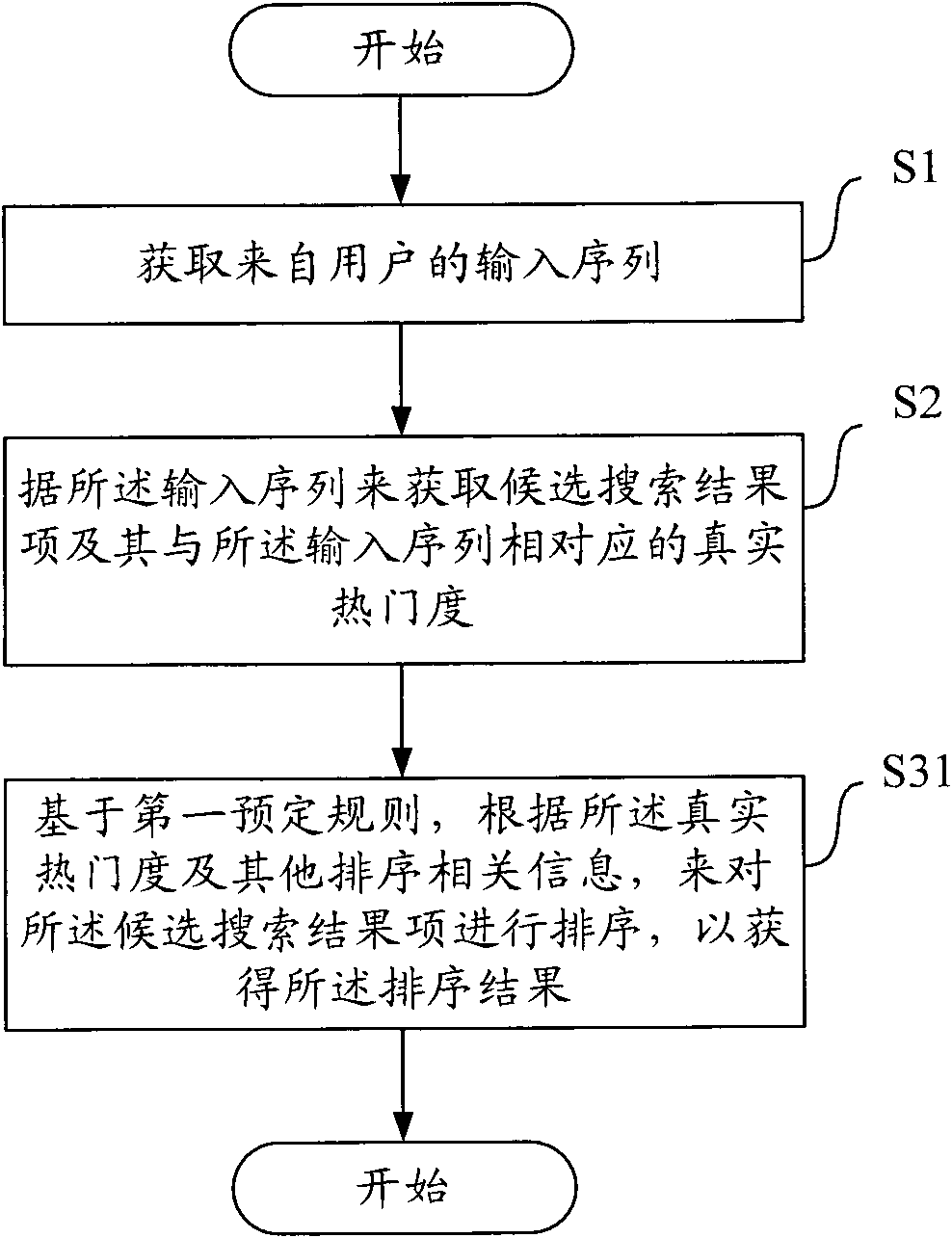Method, device and equipment for improving search result based on user behaviors
A technology for search results and users, applied in the field of computer networks, can solve problems such as search results and click-through rates that cannot fully reflect the real needs of users, and achieve a wide range of applications
- Summary
- Abstract
- Description
- Claims
- Application Information
AI Technical Summary
Problems solved by technology
Method used
Image
Examples
Embodiment Construction
[0023] The present invention will be described in further detail below in conjunction with the accompanying drawings.
[0024] figure 1 It is a flowchart of a method for improving search results based on user behavior in one aspect of the present invention. Wherein, the method according to the present invention may be implemented by an operating system or a processing controller in a computer. For the sake of brevity, the operating system or processing controller will be collectively referred to as a search device below. Wherein, the computer includes but not limited to: 1) user equipment; 2) network equipment. Wherein, the user equipment includes but is not limited to: personal computers, smart phones, PDAs, etc.; the network equipment includes but is not limited to: a single network server, a server group composed of multiple network servers, or cloud A cloud composed of a large number of computers or network servers, among which cloud computing is a kind of distributed co...
PUM
 Login to View More
Login to View More Abstract
Description
Claims
Application Information
 Login to View More
Login to View More - R&D
- Intellectual Property
- Life Sciences
- Materials
- Tech Scout
- Unparalleled Data Quality
- Higher Quality Content
- 60% Fewer Hallucinations
Browse by: Latest US Patents, China's latest patents, Technical Efficacy Thesaurus, Application Domain, Technology Topic, Popular Technical Reports.
© 2025 PatSnap. All rights reserved.Legal|Privacy policy|Modern Slavery Act Transparency Statement|Sitemap|About US| Contact US: help@patsnap.com



